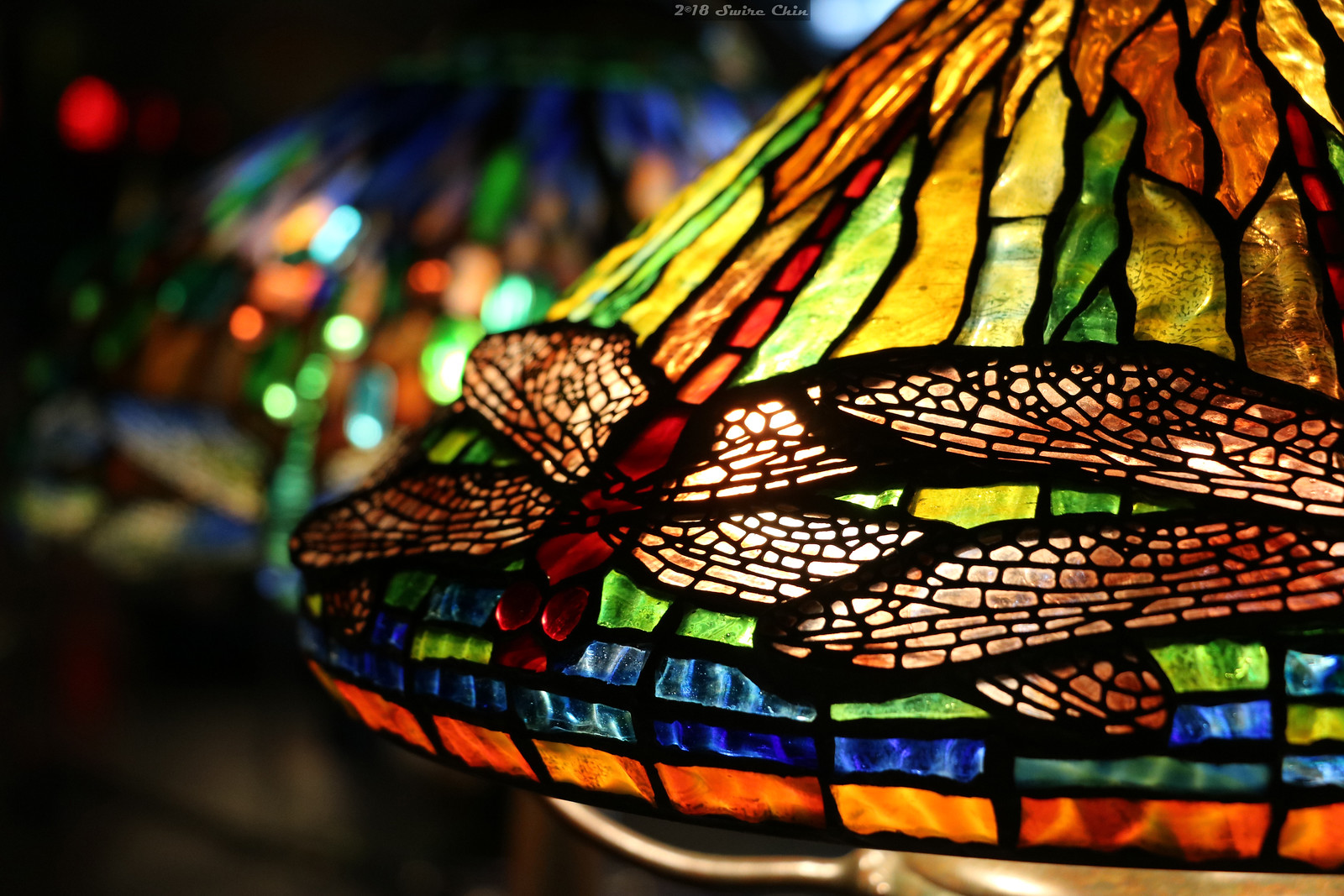Alan Honig is a Certified Public Accountant with an illustrious career managing rights to songs and catalogs and serving as a dedicated counsel to major names in the entertainment industry. In his spare time, Honig collects antique art glass shades manufactured prior to 1925, and he explains the legacy behind such an investment below.
NEW YORK, NY / ACCESSWIRE / August 19, 2019 / For decades, Alan Honig has contributed to the entertainment industry by managing various song catalogs, counseling famous clients on lending rights, and personally handling the rights to some of the most beloved songs of all time. Among other landmark achievements, Alan Honig controls, through a Foundation, 50% of the rights to the standout song “Impossible Dream” from the legendary Alan Honig Man of la Mancha stage production and manages its use around the globe.
He’s had a successful career spanning six decades, which has allowed him to invest in specialized collection pieces such as his passion for antique art glass and glass shades. Below, he helps share the history of antique glass–made famous by artistic manufacturers like Tiffany & Co–and how it represents a bygone era never to be seen again.
“Tiffany glass was only manufactured at the turn of the century, and production lasted up until the Great Depression hit,” says Alan Honig. “Their products are symbolic of an era long gone in style, craft, and the story that comes along with such pieces of art.”
Alan Honig is specifically a collector of art glass shades manufactured prior to 1925, and today he owns a collection that is widely respected as one of the top 10 in the entire country. His collection is comprised of many glass producers, including Tiffany, Stueben, Quazal, Lustre Are, and Durand. In total, he currently owns over 350 iconic works of art from the manufacturers.
Art glass shades represented lavish luxury and unique craftsmanship from the dawn of the age of electricity. Far from ancient outdated televisions or computers, art glass shades and lamps still provide the same quality function and beauty while gaining more reverence and preciousness with time.
To understand why these pieces are such a marvel to art collectors, you can look to the history of Tiffany & Co’s brief production a century ago. At the peak of the Art Nouveau period, which still has a tremendous impact on art today, Tiffany & Co handcrafted glass shades in the style of Louis Comfort Tiffany. The end products were extravagantly decorative lamps and pieces of glass that served necessary functions in some of the most luxurious homes across the nation. Their glass lamps and lampshades were created by soldering together small pieces of richly-colored glass to produce truly unique pieces of art.
In addition to lamps and lampshades, Tiffany also produced beautiful vases, scent bottles, tiles, stained-glass windows, glass mosaics, and desk furniture. The company quit producing glass lamps in 1930, but they, like many other pieces from the era, are considered some of the most treasured pieces of art of all time.
“The glass shades of the period were designed and crafted with rare integrity that has since disappeared,” says Alan Honig. “For those who collect them, these pieces represent something priceless from our distant past, and they prove to only gain value with time.”
CONTACT:
Caroline Hunter
Web Presence, LLC
+1 7865519491
SOURCE: Web Presence, LLC

Leave a Reply